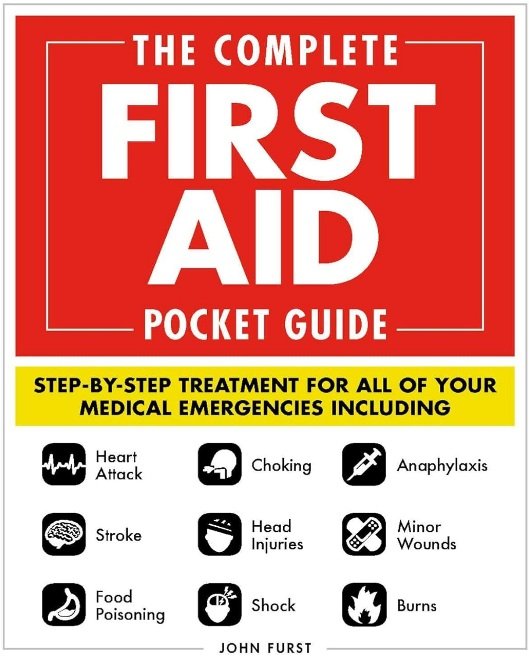OXYGEN ADMINISTRATION – Definition of Terms, Effects of Oxygen on Body, Indications, Purpose, Classifications, Home Oxygen Therapy, Complications of Oxygen and Oxygen Safety

UPDATED 2024
Oxygen (O2)
is administered as a corrective treatment for conditions resulting in hypoxia
(low level of oxygen in the blood). Oxygen is classed as a medication and must
be prescribed by a doctor and administered correctly to prevent over or
under-oxygenation. Remember oxygen is non flammable, but it does aid combustion.
Patients and visitors should therefore be educated about the increased risk of
fire and the precautions necessary to reduce the risk when supplementary oxygen
is in use.

Oxygen must
only be administered at the rate and percentage prescribed, as over-oxygenation
can be dangerous for some individuals, particularly those with dangerous for
some individuals, particularly those with chronic lung disease who are
retaining carbon dioxide, and infants, where there is also a risk of
retinopathy.
DEFINITION OF TERMS

FiO2:
fraction of inspired oxygen (%)
PaCO2:
the partial pressure of CO2 in arterial blood. It is used to assess
the adequacy of ventilation
PaO2:
the partial pressure of oxygen in arterial blood. It is used to assess the
adequacy of oxygenation
SaCO2:
arterial oxygen saturation measured via pulse oximetry
Heat
moisture exchange (HME) product: are devices that retain heat and moisture
minimizing moisture loss to the patient airway
High flow: high
flow systems are specific devices that deliver the patient’s entire ventilatory
demand, meeting, or exceeding the patients peak inspiratory flow rate (PIFR),
thereby providing an accurate FiO2, where the total flow delivered
to the patient meets or exceeds their peak inspiratory flow rate the FiO2
delivered to the patient will be accurate. High flow is in approved areas only.
Consult your NUM if unsure
Humidification:
it is the addition of heat and moisture to a gas. The amount of water vapor
that a gas can carry increases with temperature
Hypercapnia:
increased amounts of carbon dioxide in the blood
Hypoxemia:
low arterial oxygen tension (in the blood)
Hypoxia: low
oxygen level at the tissues
Low flow:
low flow systems are specific devices that do not provide the patient’s entire
ventilatory requirements; room air is entrained with the oxygen, diluting the
FiO2
Minute
ventilation: the total amount of gas moving into and out of the lungs per
minute. The minute ventilation (volume) is calculated by multiplying the tidal
volume by the respiration rate, measured in liters per minute
Peak
inspiratory flow rate (PIFR): the fastest flow rate of air during inspiration,
measured in liters per second
Tidal
volume: the amount of gas that moves in, and out, of the lungs with each
breath, measured in millimeters (6-10 ml/kg)
Ventilation-Perfusion
(VQ) mismatch: an imbalance between alveolar ventilation and pulmonary
capillary blood flow
EFFECTS OF OXYGEN ON BODY
- Oxygen is a gas, which has no smell
or color and is heavier than air - It is stored at high pressure in
black and white cylinders - With oxygen there is always a serious
fire risk - Smoking is not allowed anywhere
nearby oxygen cylinder - No open fire or any inflammable
material should be kept near the oxygen cylinder - Oil, grease or alcohol should never
be used on the connections of the cylinder - The cylinder is mounted on a stand
for easy and should be tested before taking it to the bedside - To test it open the cylinder with the
key and then open the small valve very little and test the flow of oxygen from
the cylinder into a bottle half filled with water (wolf bottle) - The bottle has a rubber cork with two
holes tubes passing through it - The cylinder is connected by means of
rubber tubing to the longer tube - Oxygen flows into the wolf bottle and
then oxygen is given to the patient
DEFINITION
Oxygen
administration treats the effects of oxygen deficiency (anoxemia) but it does
not correct the underlying causes.
Oxygen therapy is important to keep a healthy level of tissue oxygenation

INDICATIONS
- Breathlessness due to asthma,
pulmonary embolism, emphysema, cardiac insufficiencies, etc - Obstructed airway due to growth,
enlarged thyroid - Cyanosis
- Shock and circulatory failure
- After severe hemorrhage
- Anemia
- Patients under anesthesia
- Asphyxia due to any reason, e.g.
drowning, inhalation of poisonous gases, hanging, etc - Poisoning with chemicals that alter
the tissues ability to utilize oxygen, e.g. cyanide poisoning - Carbon monoxide poisoning
- Postoperative chest surgery and
thyroidectomies - Insufficient oxygen in atmosphere
- Air hunger
PURPOSE
- To supply O2 in conditions
when there is interference with normal oxygenation of blood - To reduce the effects of anoxemia
- To maintain healthy level is tissue
oxygenation
CLASSIFICATIONS
Oxygen is
administered by either low flow or high flow systems. Low flow administration
devices include nasal cannula, oxygen mask, oxygen tent, etc. high flow
administration devices include venturi mask, some devices can be used for both low
and high flow administration, e.g. oxygen hood incubator, etc
Nasal Cannula
It is the
most important low flow device used to administer oxygen of a rubber or plastic
tube that extends around the face. Curved prongs that fit into the nostrils.
One side of the tube connects to oxygen tubing and oxygen supply. The cannula
is often held in place by an elastic band that fits around the clients head or
under the chin
The nasal
cannula is easy to apply and does not interfere with client’s ability to eat or
talk. It is very comfortable and permits some freedom of movement. Oxygen is
delivered via the cannula with a flow rate of up to 4 L/min. higher flow rates
dry air mucous and do not further increases inspired oxygen concentrations
Equipment
- Oxygen supply with a flow meter
- Humidifier with sterile distilled
water - Nasal cannula and tubing
- Tape if needed to secure the cannula
in place - Gauze to pad the tubing over the
cheek
Procedure
- Determine the need for oxygen therapy
and the physicians order - Assist the client to a semi-Fowler’s
position as possible. It permits easier chest expansion easier breathing - Explain about the procedure and
inform the client and support persons about safety precautions connected with
oxygen use - Set-up the oxygen equipment and
humidified - Turn on the oxygen at the prescribed
rate and ensure proper functioning - Put the cannula over the clients face
- If the cannula will not stay in place
tape if at sides of face - Slip gauze pads under the tubing over
the cheek bones to prevent skin irritation as necessary - Assess the client regularly
- Assess the vital signs, color,
breathing pattern and chest movement - Check the equipment are working
regularly - Make sure that safety precautions are
being followed - Record initiation of therapy and all
nursing assessments
Nasal Catheters
Nasal
catheters are used infrequently, but they are not absolute. The procedure
involves inserting an oxygen catheter into the nose to the nasopharynx. Because
securing the catheter must be changed at least every 8 hours and inserted into
the other nostril, for this reason, the nasal catheter is a less described
method because the client may have pain when the catheter is passed into
nasopharynx and because trauma can occur to the nasal mucosa. The nasal
catheter permits free movements for the patient and nursing care may be given
with much more ease
Oxygen Mask
An oxygen
mask is a device used to administer oxygen, humidity it is shaped to fit tightly
over the mouth and nose and is secured in place with a strap. There are four
types of oxygen masks:
- Simple face masks: used for short-term oxygen therapy. If delivers O2 concentration from 40 to 60% at liter flows of 5-8 liter per minute
- The partial rebreather mask: delivers O2 concentrated of 60-90% liter flows of 6-10 L per minute
- The nonbreather mask: delivers the highest O2 can possible by means other than inhibition or mechanical ventilation that is 95-100% at liter flows of 6-15 L/minute
- Venturi mask: delivers O2 can precise to with 1.1 and is often used for clients with COPD O2 can at from 24-40% /50% depending on the brand at liter flows of 4-8 L/minute. Initiating oxygen by mask in mucus the same as initiating O2 by cannula

Discover more from Bibliobazar Digi Books
Subscribe to get the latest posts sent to your email.




![First Aid (Quick Study Health) PDF Free Download [Direct Link]](https://bazarbiblio.com/wp-content/uploads/2024/02/First-Aid-Quick-Study-Health-PDF.jpg)